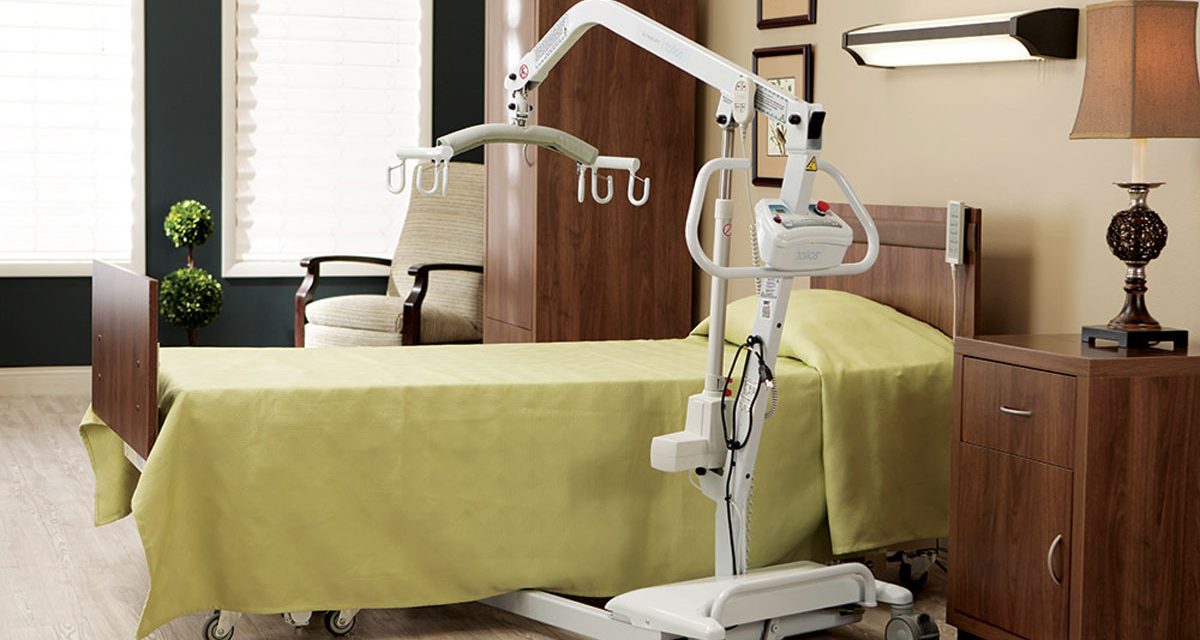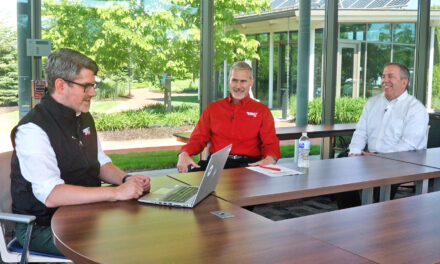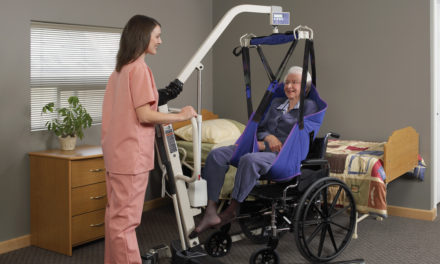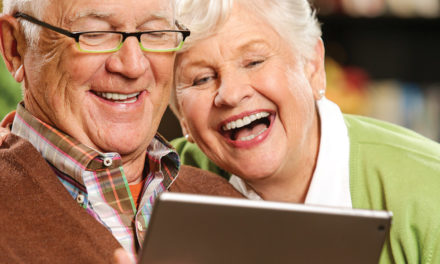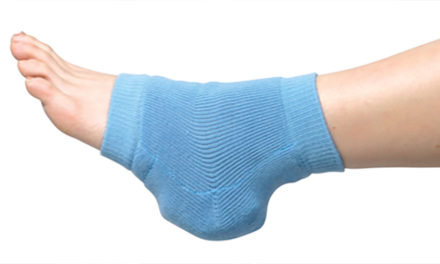The Assisted Living industry is rapidly changing – acuity is on the rise and senior mobility is decreasing, especially after prolonged isolation as a result of COVID-19. This means the need to assist residents is increasing and, in turn, so is the risk of staff injuries.
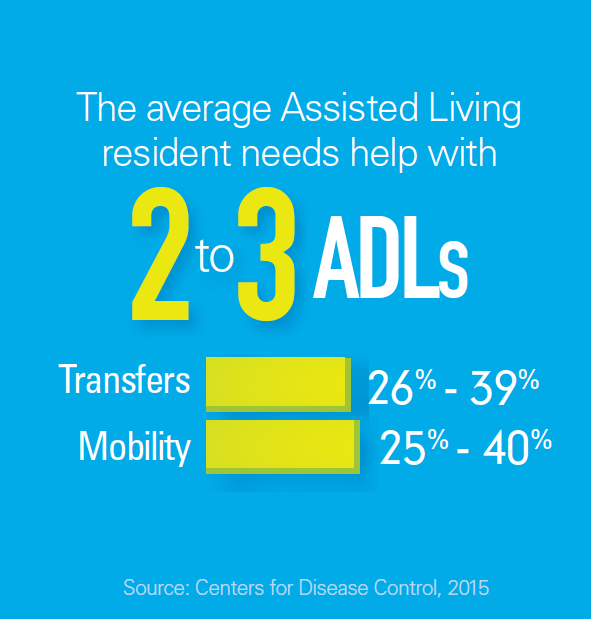
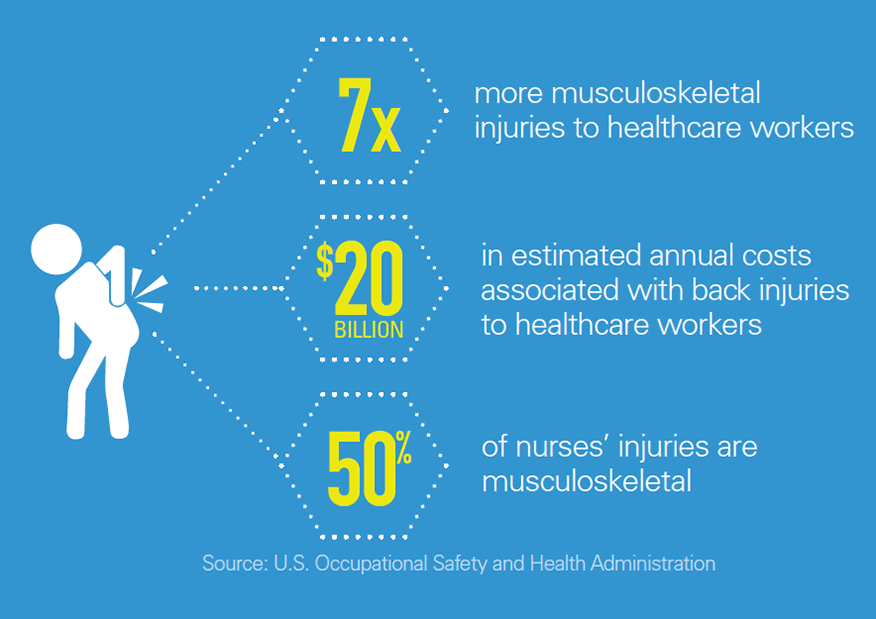
That’s why many providers are reevaluating their safe resident handling and mobility programs. Creating or expanding your program is the first step to helping reduce the risk of injuries, staff turnover and workers’ compensation costs. Here are three ways to get started.
1. Evaluate Your Current Resident Safety Program
Creating a safe, welcoming Assisted Living care environment for your seniors and staff starts with investing in a safe resident handling program for your community. Using an assessment guide is a great place to start thinking about how you can introduce, implement and maintain a culture of safety. It can help you understand the current Assisted Living landscape and evaluate how well your community is equipped to handle high acuity. Working through a step-by-step guide that suggests products and next steps can make it easier to implement a program.
Ask yourself a few key questions to help you determine how your community stacks up:
- Do I have an established process for routinely evaluating senior mobility and transfer ability?
- Have I seen increases in staff injuries or workers’ compensation costs?
- Is my community equipped with the right mobility aids and transfer devices to improve these experiences and also improve staff and senior safety?
2. Create Safer Environments
Leverage the latest innovations in design and product selection to ensure your community is safe for residents. This may include removing potentially hazardous furniture that can make senior mobility difficult, like rugs and cords. Consider modifications that support safe transfers and mobility assistance in resident rooms, bathrooms, living and community spaces, wellness centers and outdoor spaces.
Creating a safer environment goes beyond adding transfer and mobility devices. Sometimes a simple modification, like motion-activated bed lights, can help your residents safely maintain their independence.
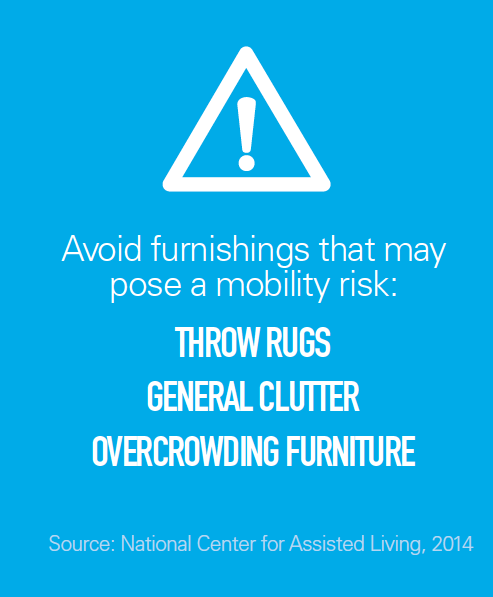
Finding the right transfer and mobility equipment can make the process easier for your seniors and staff. Identify unique resident needs, like bariatric and memory care, to help you recognize the types of equipment and weight capacities needed for your program.
Shop transfer devices and mobility aids specifically designed for senior care.
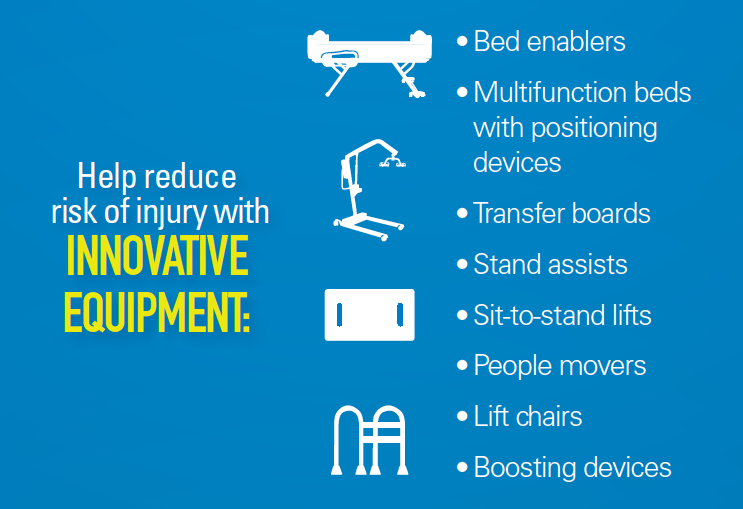
3. Educate Staff and Residents
Assess current staff competencies and consider how you can enhance knowledge, skills and attitudes for safe resident handling and mobility. Providing education and training annually, upon orientation and with the introduction of new products or technology is a good place to start. You may also want to reach out to mobility equipment suppliers and manufacturers for training programs for caregivers.
It’s important to consider training methods that meet the needs of your staff. A combination of online learning and live, hands-on practice sessions with mobility equipment can be effective.
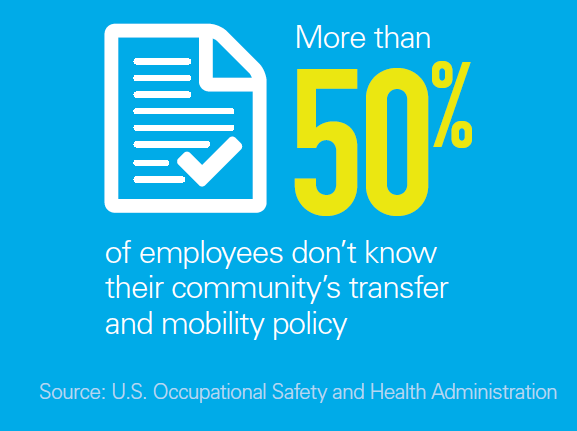
Assisted Living residents who actively participate in their healthcare are more likely to adapt behaviors that promote and maintain senior safety. Increase resident engagement by reviewing assessment results, providing information on fall prevention and showing exactly what happens during the use of a mechanical lift.
By working directly with your residents and staff, you can help create safer Assisted Living care environments for everyone.
Shop for all the mobility aids and transfer devices you need to elevate your community’s safety program.
Also, explore our NEW webinars on-demand offering to conveniently receive timely insights and education on your own time. These sessions offer CEUs in Nursing, Occupational Therapy Practice and Physical Therapy Practice.
